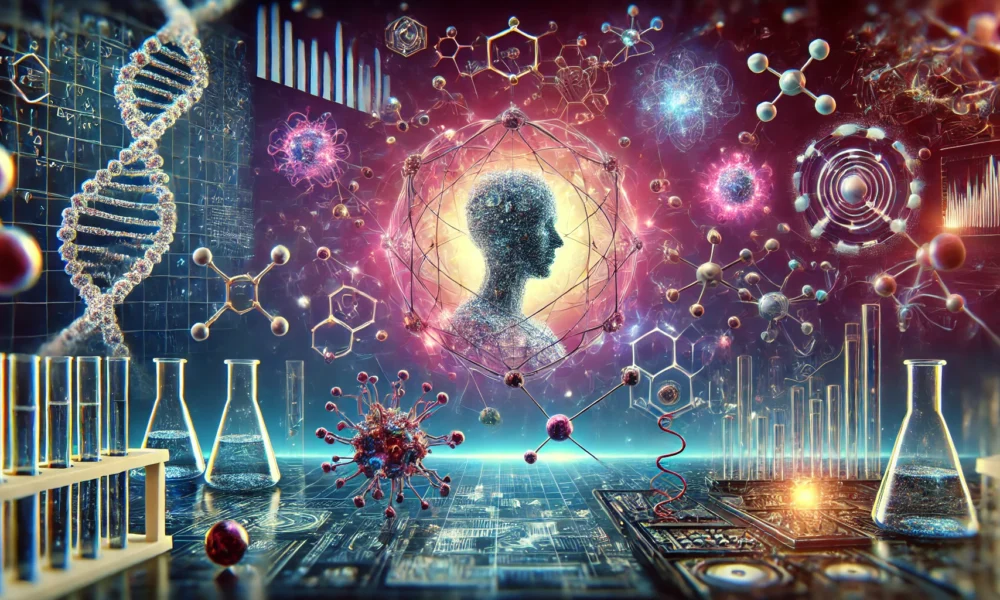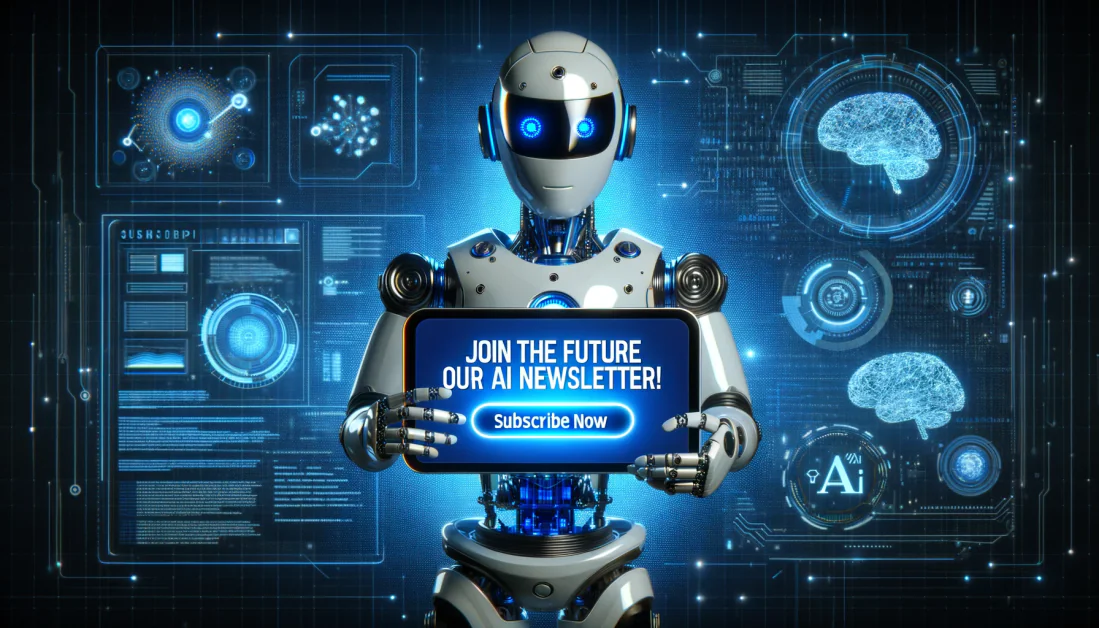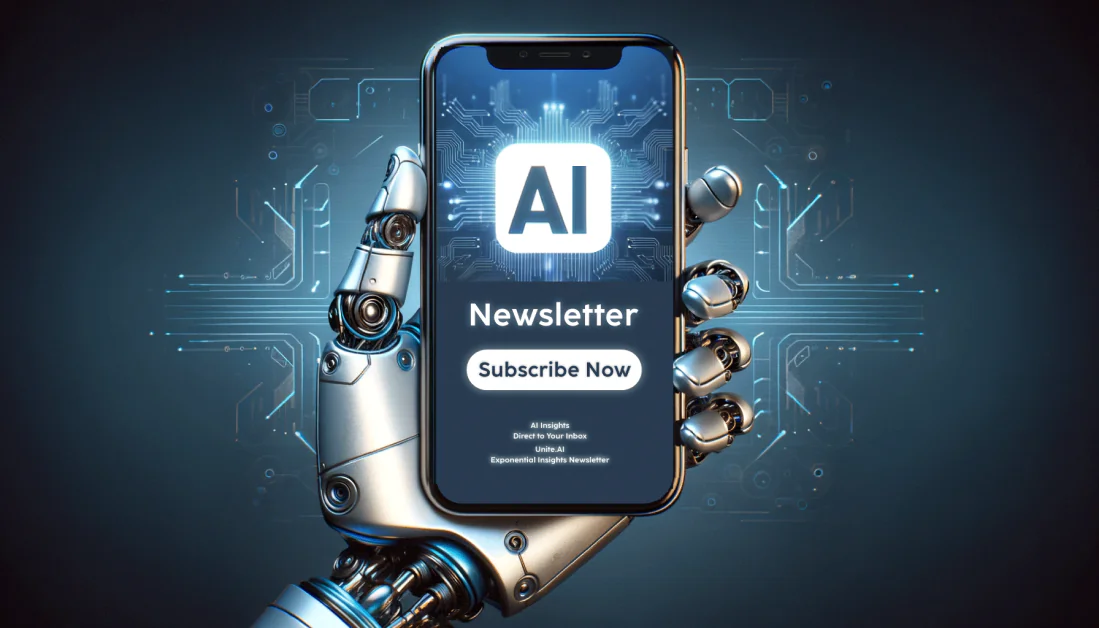Decoding the Mystery of Artificial Intelligence: A Closer Look at the Black Box Problem
Understanding AI Through Associations and Patterns
When a parent is teaching their young child to relate to the world, they teach through associations and the identification of patterns. Take the letter S, for example. Parents show their child enough examples of the letter and before long, they will be able to identify other examples in contexts where guidance is not active; school, a book, a billboard.
The Emergence of the Black Box Problem in AI
Much of the ever-emerging artificial intelligence (AI) technology was taught the same way. Researchers fed the system correct examples of something they wanted it to recognize, and like a young child, AI began recognizing patterns and extrapolating such knowledge to contexts it had never before experienced, forming its own “neural network” for categorization. Like human intelligence, however, experts lost track of the inputs that informed AI’s decision making.
Establishing Trust and Safety in AI Systems
The “black box problem” of AI thus emerges as the fact that we don’t fully understand how or why an AI system makes connections, nor the variables that play into its decisions. This issue is especially relevant when seeking to improve systems’ trustworthiness and safety and establishing the governance of AI adoption.
The Launch of the Physics of Artificial Intelligence Group
Now, a new independent study group will address these challenges by merging the fields of physics, psychology, philosophy and neuroscience in an interdisciplinary exploration of AI’s mysteries.
-
What is the Physics of Artificial Intelligence Group at Harvard?
The Physics of Artificial Intelligence Group at Harvard is a new research group launched by NTT Research, focusing on the intersection of physics and AI. -
What is the goal of the Physics of Artificial Intelligence Group at Harvard?
The goal of the group is to explore and apply principles from physics to improve the understanding and development of AI technologies. -
How will the group’s research benefit the field of artificial intelligence?
By incorporating insights from physics, the group aims to enhance the efficiency, robustness, and capabilities of AI systems, leading to advancements in various applications and industries. -
Who will be leading the research efforts of the Physics of Artificial Intelligence Group at Harvard?
The group will be led by Professor Hopfield, a renowned physicist and AI expert, along with a team of researchers and collaborators from Harvard and NTT Research. - How can individuals or organizations get involved with the Physics of Artificial Intelligence Group at Harvard?
Interested parties can reach out to NTT Research or Harvard University to learn more about potential collaborations, partnerships, or opportunities to support the group’s research initiatives.




